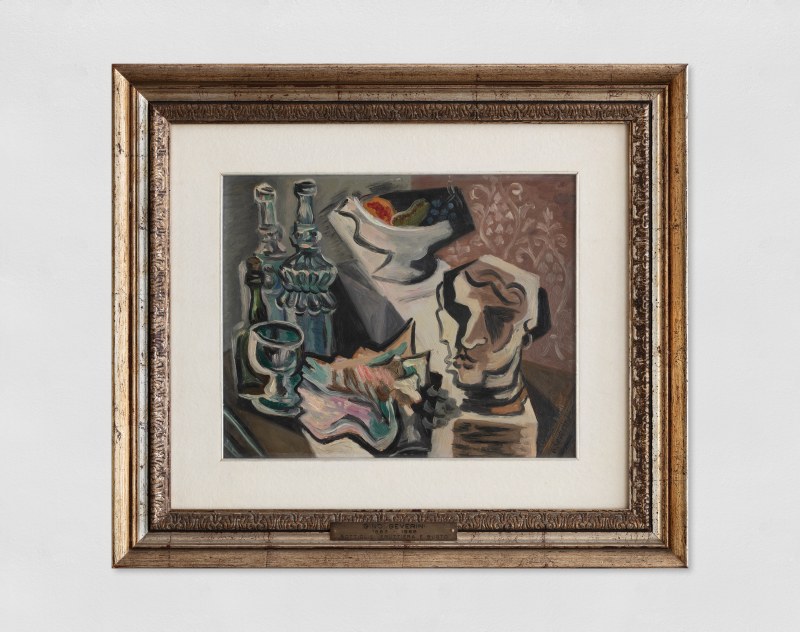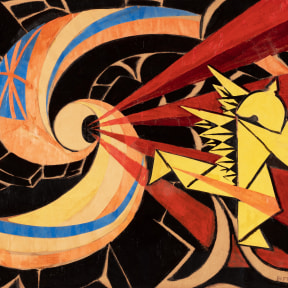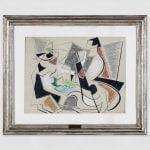-
Biography
Gino Severini (Cortona, Italy 1883 - Paris, France 1966)
Gino Severini emerged under the influence of Italian Balla pointillism in the early 1900s. Upon learning of a new technique in France, he moved to Paris in 1906, where he met leading French avant-garde cubist artists Georges Braque and Pablo Picasso as well as famous writer Guillaume Apollinaire. It wasn't until 1910, when he signed the Manifesto of Futurist Painters, that he moved away from pointillism.The futurists wanted to shake up the art establishment by incorporating the speed and energy of modern life in their paintings. However, where they tried to transmit the idea of movement by painting cars and machines, Severini focused on the human figure as the source of energy, preferring nightlife scenes. He captured sound and movement with dazzling colours and rhythmic forms.
Briefly, in works created during the war, Severini painted subjects that conformed to the futurist glorification of combat and machinery. Over the next years, he increasingly moved towards a distinctive form of cubism that retained the decorative elements of pointillism and futurism.
Around 1916, Severini embraced a more rigorous and formal approach to composition; his still lifes took shape under a synthetic cubism, building compositions from the fragments of objects.
He began experimenting with a neoclassical figurative style, a conservative approach that he embraced more fully in the 1920s. Later in his career, he created decorative panels, frescoes, and mosaics and was involved in set and costume design for the theatre.
He died in Paris in 1966.
Copyright the artist. Photo UniCredit Group (Sebastiano Pellion di Persano)
-
Works
Gino Severini Italian, 1883-1966
Natura morta astratta con pera, 1949-50Ink and pastel on paper / China e pastello su carta / Tusche und Pastell auf Papier19 1/4 x 24 3/4 in
49 x 63 cmUniCredit S.p.A.© GINO SEVERINI, by SIAE 2025Photo: UniCredit Group (Sebastiano Pellion di Persano)2of 2
Join our mailing list
* denotes required fields
In order to respond to your enquiry, we will process the personal data you have supplied in accordance with our privacy policy.








